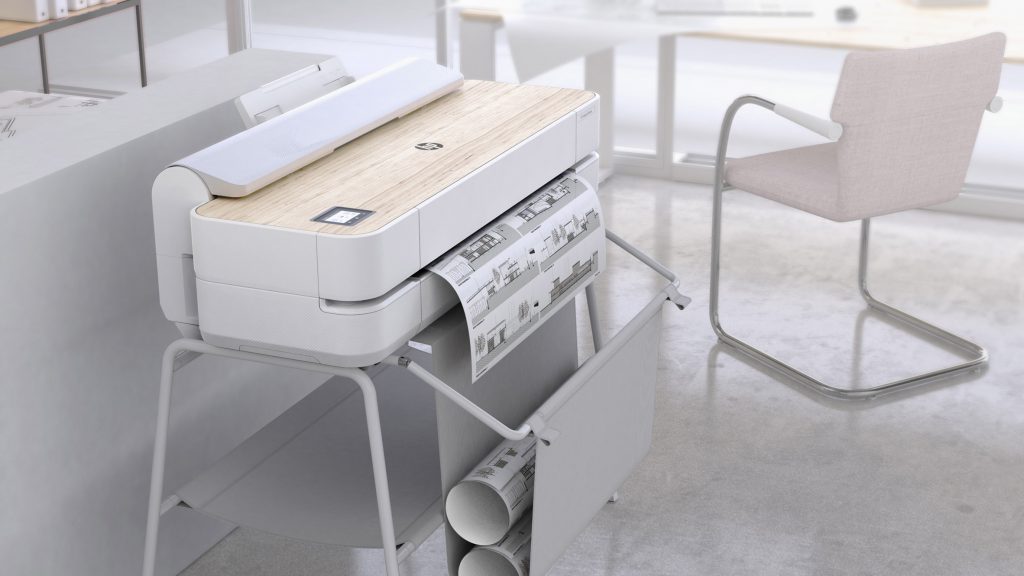[ad_1]
Promotion: technology brand HP is actively moving towards circular economy principles by reducing or eliminating unnecessary components, increasing the usage of recycled materials and innovating to use more sustainable resources, according to the brand.
The company, which added “environmental stewardship” to its brand objectives in 1957 and began to recycle computer punch cards as early as 1966, has pledged that 100 per cent of its global operations will run on renewable electricity by 2030.
The move forms part of the brand’s wider mission to improve its circularity. In addition to using renewable energy, HP is striving to reduce the carbon footprint of printing through carbon reduction initiatives such as energy efficiency, reduced packaging and use of recycled plastics.
Two significant strides forward were made in 2020 when the brand launched its first carbon-neutral large format printer, the HP DesignJet Studio, and eco-carton ink cartridges to replace plastic-based cartridges.
“Architecture, engineering, and construction (AEC) professionals expect products to reflect the work they do,” said the brand of its commitment to sustainability within the industry.
“The AEC sector is designing and building the sustainable cities and workplaces of tomorrow, and it needs sustainable tools to get there.”
The DesignJet Studio is the first net carbon-neutral HP DesignJet plotter, covering lifecycle carbon emissions from material extraction, manufacturing, transportation, usage, and end of service. This means the plotter has no overall impact on the environment over its life cycle, according to the CarbonNeutral Protocol.
The new HP DesignJet T200 and T600 series are designed to reduce the environmental impact, lowering C02 emissions by up to 7.3 tons per year per unit sold by using up to 30 per cent recycled plastic.
Plastic cartridges for the new PageWide XL have been phased out in favour of its Eco-Carton Cartridges. The zero landfill Eco-Carton Cartridges use 80 per cent less plastic creating a 66 per cent reduction in CO2.
Each cartridge has an overall capacity increase from 775ml to 1 litre, which means cartons need to be replaced less frequently. In addition, the outer carton can be recycled locally while recycling and HP will take back the inner ink bag for free via its HP Planet Partners programme.
The HP Planet Partners programme was started in 1991 so that users could recycle components for free rather than discard them in a landfill. With the help of customers, the programme has now recycled more than 875 million HP ink and toner cartridges and is the number one printer supplies recycling programme.
More than 4.7 billion plastic bottles and 114 million plastic hangers have been diverted from landfill and remade into HP cartridges, according to the brand.
Meanwhile, HP’s ocean-bound plastic recycling programme in Haiti has actively sourced and cleaned nearly 60 million plastic bottles, turning the plastic into new ink and toner cartridges and printer and laptop components. This recycling drastically reduces the company’s reliance on raw materials.
“HP has taken sustainability seriously since its inception in a garage in what is now California’s Silicon Valley,” said the brand. “From the start, HP made strides to reduce the amount of raw materials used, recycle parts of products and components, and produce products that use fewer natural resources.”
To read more about HP’s sustainability goals and to view its sustainable impact reports, visit the HP website.
Partnership content
This article was written by Dezeen for HP as part of a partnership. Find out more about Dezeen partnership content here.
[ad_2]

